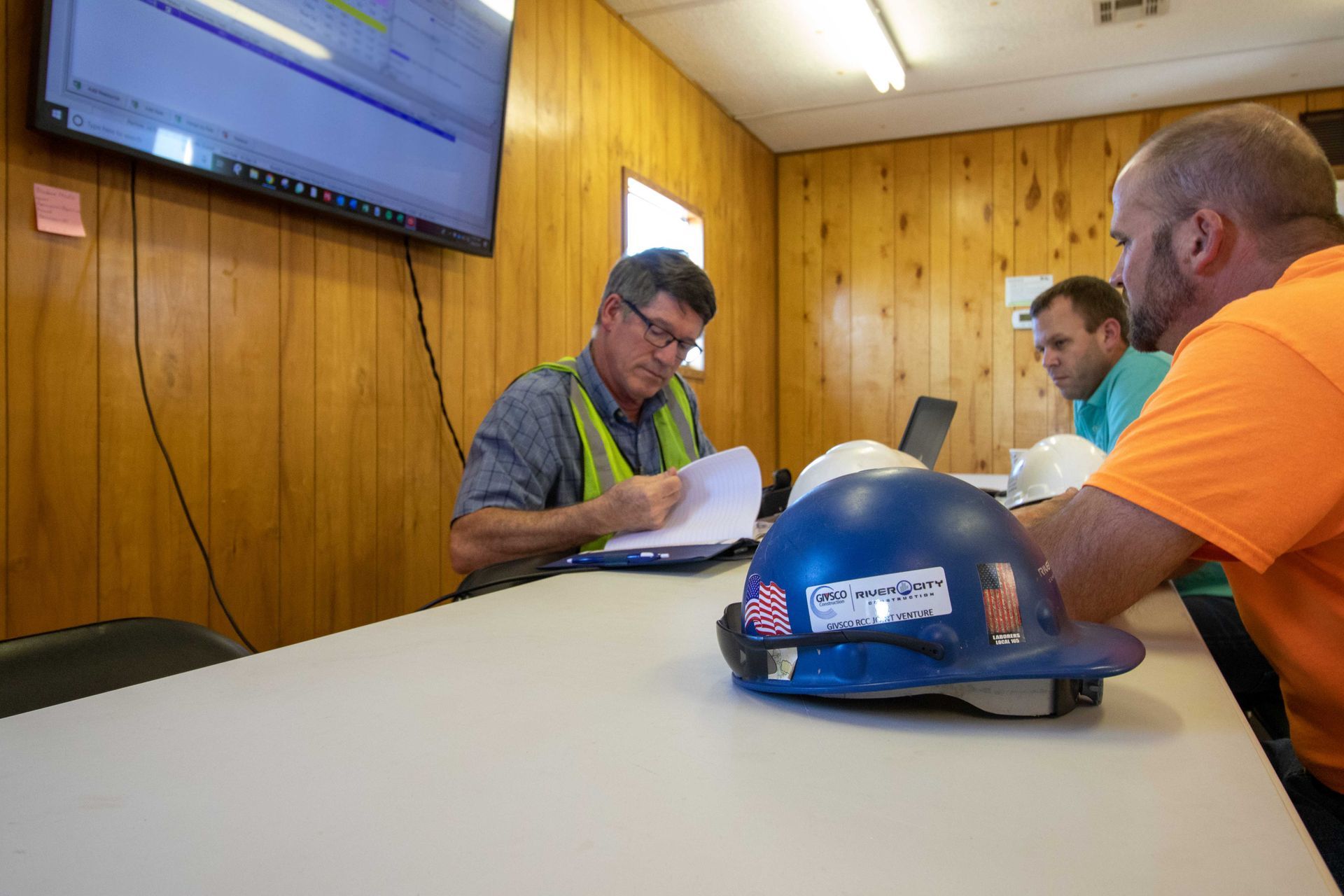Common Construction Company Owner Challenges — and Their Solutions
Construction Company Owner Challenges
Construction Company Owner Challenges. Would you be surprised to find out that the construction industry is the third-largest industry in the US? With healthcare taking the lead and tech a close second, the Associated General Contractors of America shows that construction spending hit a seasonally adjusted annual rate of $1.329 trillion during the first eight months of 2018.
Despite adding an estimated 750,000 jobs to the economy over the next seven years, construction company owners continue to face similar challenges regardless of the size or scope of their business — or even their location. Let’s break down some issues that are faced on a daily basis, and some solutions to consider.

Talent gaps and labor shortages
As of April, there were a reported 434,000 vacant construction jobs here. This widening gap is attributed to older workers retiring and younger workers preferring other career paths. While tech adoption is helping to fill in this gap, machines aren’t yet fully automated and still need skilled technicians to use and maintain them.
So what’s an owner to do? First, it’s important to understand that the up-and-coming workforce is largely represented by the Millennial demographic and it’s important to offer the perks and benefits that talent pool is looking for. Because it’s not known as the most “glamorous” of industries, businesses need to highlight the dynamic nature of construction jobs — especially if it’s not a desk job.
Along with incentivizing a career path in construction, it’s also crucial to build a workplace culture that employees actually want to work in. Emphasize diversity and inclusion when building your team; representation in leadership matters when you also employ people from all walks of life. Once you find the talent you need to keep your business thriving, don’t overlook the importance of professional development opportunities.

Cash flow obstacles and lack of capital
Businesses of all sizes face cash flow issues, but smaller businesses have even thinner margins than larger construction companies. On-time payments and consistent invoicing can keep the pipelines open, so any contracts you create and sign should be appropriately structured to help keep expenses covered.
Project managers are crucial in helping things stay on time and on budget, so ensure that your PMs are accountable and educated on the systems, processes, and technology your company uses to help projects run seamlessly. If you haven’t already, invest in user-friendly software for planning and scheduling that gives a transparent look at cash flow.
Shopping around for the best prices on labor and materials can also help pad margins — don’t be afraid to negotiate to help save. Also reconsider your employee structures and consider working with more contractors to eliminate costs associated with payroll. Consider taking a closer look at these expenses to find out if you may be missing opportunities to grow your margins:
- Liability insurance
- Budget and profit forecasts
- Accounting methods and systems
- Payment processing software
- Tax, registration, and licensing fees
Legacy systems and tech adoption
Construction is one industry that’s been slow to adopt tech tools, but what is available to owners has evolved dramatically in just a short amount of time. Businesses that invested in legacy systems just a few years ago may have paid quite a bit for something that’s close to obsolete now and facing more of an expense to upgrade.
Owners who haven’t yet turned to tech tools have no shortage of options and can customize the entire project process from scheduling, to design, to invoicing and payment processing. Developers can even build add-ons that integrate with existing legacy systems without a total digital transformation.
When shopping for tech to help overcome some of the most common challenges of owning a construction company, look for a partner that provides both tech and expertise. Helping each of your employees learn new systems with follow-up training and consulting can speed adoption and improve productivity.
Here’s one big move that helps solve all of these challenges at once: Integrate planning and scheduling software that makes the most of your labor, cash, and tech resources. Primavera is a cloud-based tool that helps follow projects in real-time with less risk and more transparent and optimized communication among the entire project team.
If your project requires Primavera, we can help you get control of planning and scheduling. We’ll work directly with you to create a software system and training program to help take your business to the next level and sail through challenges. Overcoming obstacles in a fast-growing industry like construction is easy with the right partner by your side — get in touch.







